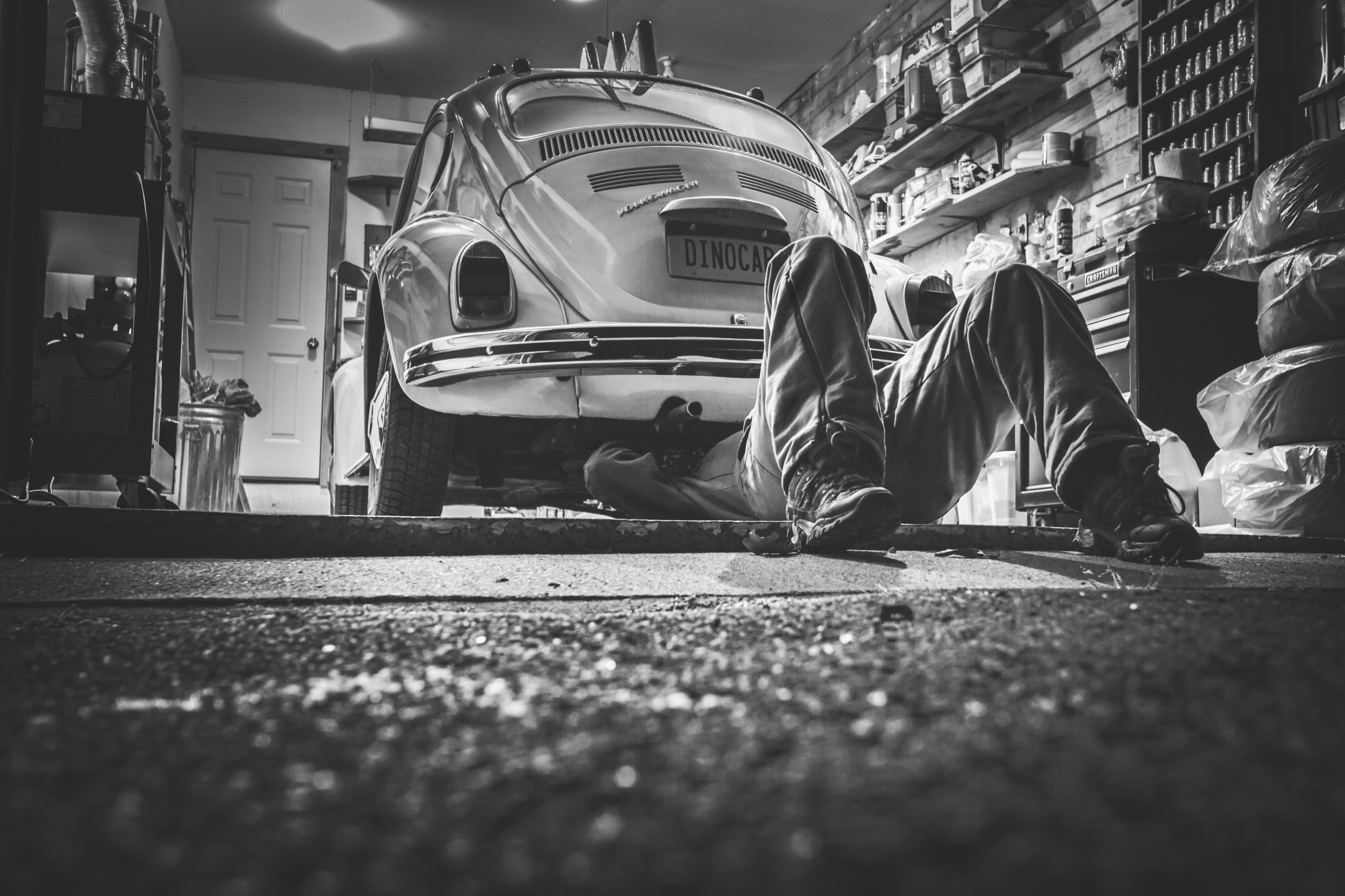You don’t have to be a pro to do your own auto repair troubleshooting. Think about the first time you had to bait a hook, swing a hammer, or pick a guitar. You just have to go for it.
Start automotive repair troubleshooting with some easy tasks. Here are some repair, maintenance, upgrade jobs that require few or no tools. Sounds like an awesome place to start, doesn’t it? And it should be a super way to save some cash too, shouldn’t it?
Start Auto Repair Troubleshooting
If you want to keep your car or truck running great, you’ll need to address some maintenance items. Taking care of maintenance is a great way to learn about your vehicle’s systems. Many mechanics start with tasks like changing oil, replacing headlights, and washing cars.
Replace Your Windshield Wipers
Repairs don’t get much easier than this. Easy as sweet potato pie. You can change your own wiper blades. Whether you have a blade that blew out on you or if your wipers aren’t clearing the windshield, this is an easy fix. Stay safe on those backroads.
The old blades usually pop right off. And new blades snap right on. Some luxury cars have turned this into a puzzle. But that will help you develop the problem-solving skills you need to be a DIY auto repair tech.
Swap Out Your Headlight Bulbs
If you had a bulb blow out or want to switch to brighter bulbs, this is another straightforward task. It will give you practice finding parts that are compatible with your vehicle. Most parts stores have a book, kiosk, or website to search for the right bulb.
A headlight bulb change only needs a few tools. You may have to unscrew the lens. You might need to pop off an access plug. But you got this. Auto repair troubleshooting is easy, isn’t it?
Change Your Engine Oil
The combustion engine requires a variety of fluids to keep it running well. Like grandaddy needs his white whiskey, light beer, and homemade wine. Changing your engine oil is likely the most important maintenance you can do. You’ll find any minor leaks or internal consumption you might not have caught on a weekly or monthly check.
Oil keeps parts lubricated and helps keep the engine cool. Avoid having to find out where to get your car fixed.
Check and Top Off Your Fluids
There are other important fluids too. Low power steering fluid levels will ruin your pump, bearings, and other parts. Losing brake fluid could result in a wreck.
Filling these fluids yourself will give you some practice finding the fluid reservoirs. You’ll get familiar reading a dipstick properly. And you’ll know what the fluids should look like. Some will start to get contaminated when there’s a problem. It’s good to know what they look like when normal.
Wash and Wax Your Vehicle
Washing and waxing help keep your car’s finish looking great. They also help you find problems with your body. You’ll also find small chips that you can touch up and avoid costly repainting or corrosion repair.
Keep mechanical parts clean and find problems that dirt and grime cover up. Maintaining a clean car is one of the often unknown auto mechanic tips and tricks. You’ll also notice if there are problems with fluids leaking that can lead to expensive repairs.
Do Your Own Auto Repair Troubleshooting
Now you know some basic car mechanics for beginners. You can replace your wiper blades, headlight bulbs, and change your oil. Your new skills with filling your fluids and washing and waxing will keep your car or truck in top shape. Sounds easy, doesn’t it? You’re ready to go to work, aren’t you?
Find out more about DIY auto repair and automobile maintenance by checking out the rest of our site. You’ll find resources like automobile repair instructions and motorcycle repair manuals. Save your money. Save your vehicle. Start doing your own auto repair troubleshooting.

